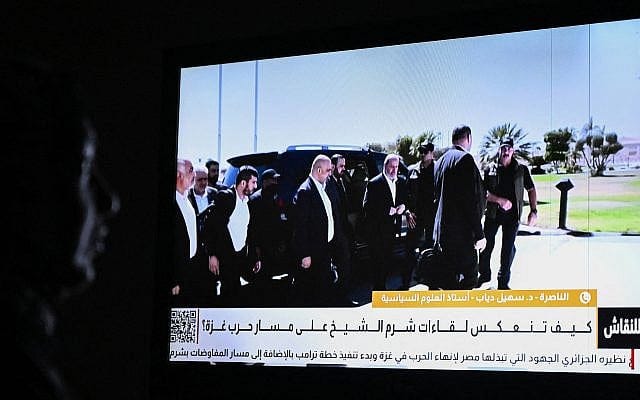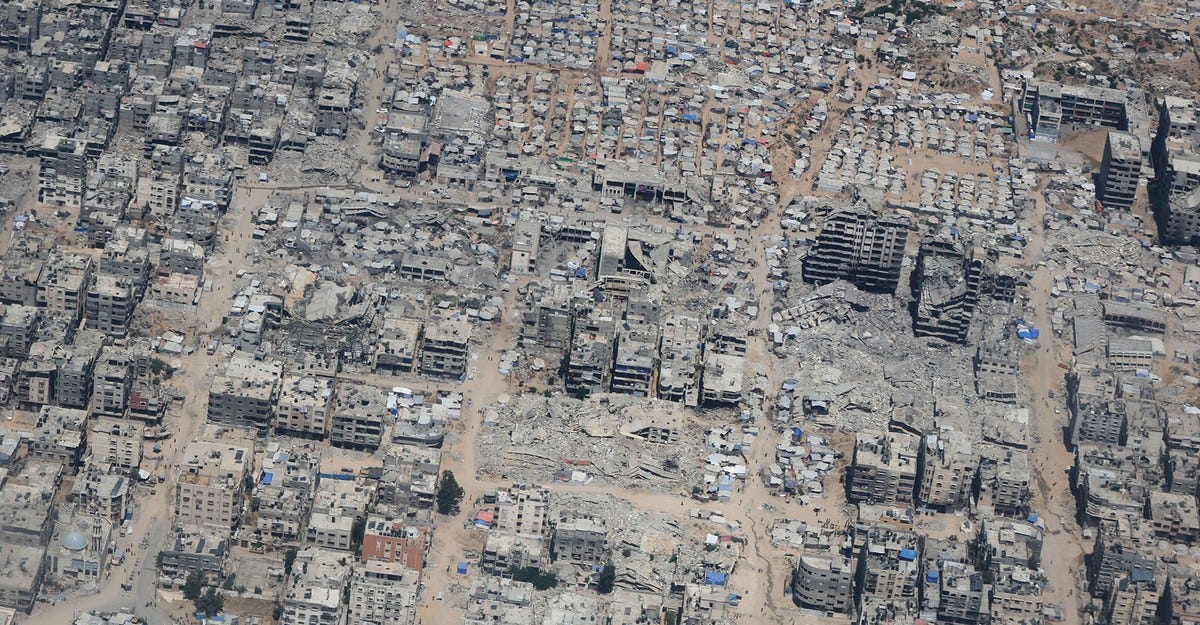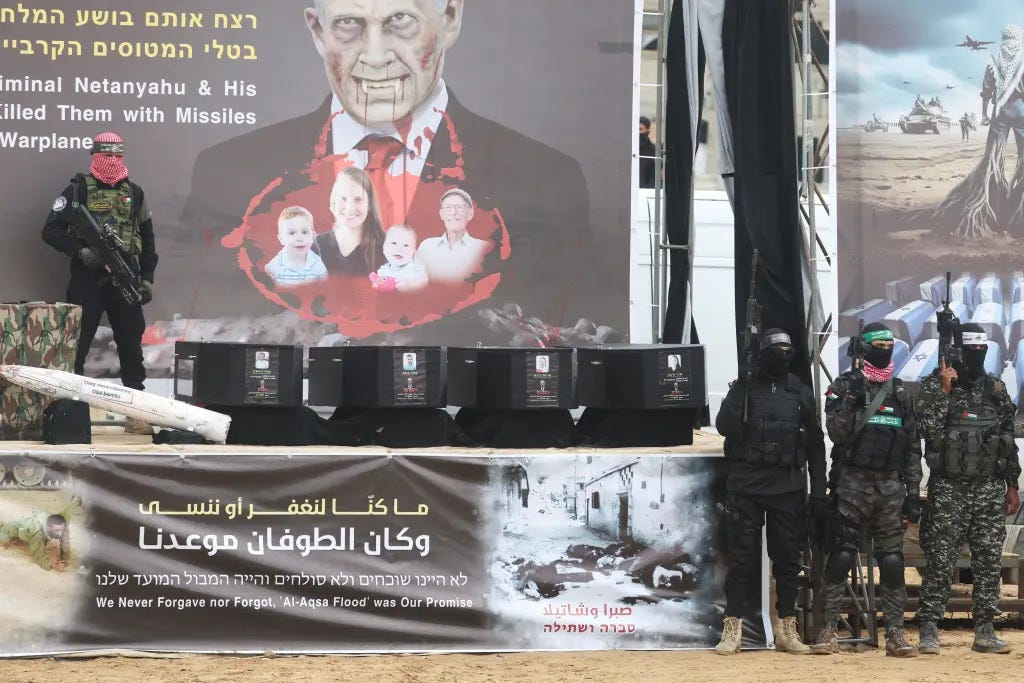Reactions to Phase One of the Ceasefire-Hostage Deal following President Trump’s 20 Point Plan.
Reality is - the war in Gaza is far from over, and yet any respite from the horror is welcome news.
The war in Gaza is far from over, even if it is tactically stopped for now. The agreement thus far is specific to Phase One, which relates to the hostage-prisoner swap and a partial Israeli military withdrawal from the Strip. Afterwards, new negotiations must start to address the arguably more difficult issues: Hamas’s disarmament, the entry of an international force into Gaza, a transitional governance apparatus, and the process of neutralizing threats emanating from the Strip. Hamas is expected to stall, delay, and create challenges for the enclave’s future without the terror group.
During this period, Hamas is likely to stall, drag things out, and seek to prevent a future for the coastal enclave without the terror group. Hopefully, there won’t be a resumption of hostilities after this phase is finished. Still, rational thinking, awareness, and pragmatism require an understanding of all the challenges ahead.
Hamas's agreement to give up its chief bargaining chip, the Israeli hostages, for Phase One of the deal was the result of unprecedented pressure against the terror group by Turkey, Qatar, and Egypt. Each of whom had their own interests: the Turkish want sanctions relief, the F-35 stealth fighter, new F-16s, and greater cooperation with the US; the Qataris got the apology from Israel for the failed airstrike and the US commitment to Doha’s national security through a new agreement/pact, and in exchange, in exchange for delivering the hostages, which meant delivering Hamas; and Egypt which has been terrified of the specter of forced displacement of Gazans into Sinai, and had mobilized the Egyptian army on the country’s eastern border could ease the intense tensions with Israel and threatened the peace treaty between the two countries, not to mention US foreign aid.
Cumulatively, this meant that the three countries (Turkey, Qatar, and Egypt) applied enormous pressure on Hamas, which is otherwise isolated, militarily weakened, its allies defeated, and without options.
As the hostage and prisoner exchange process unfolds, one thing to watch for is whether Hamas holds parades or “Super Bowl”-style parties during the handover of living and deceased Israeli hostages. Although the group had previously stated they wouldn’t do this, as they said earlier this year, they still did it anyway. If the terror group does this again, that should tell you everything you need to know about their future intent. A militant entity that’s supposedly willing to disarm wouldn’t engage in such depraved behavior to prove that it’s still around.
Let’s hope that Hamas terrorists are not scrambling to iron and dry-clean their folded/hidden military uniforms that they wouldn’t use during the war, because they are only used during their horrific displays of such despicable behavior as we saw in each exchange. These were, in fact, the only times Hamas fighters wore military uniforms in the past two years, while otherwise hiding among civilians in plain clothes during actual combat.
What comes next?
Over the next several days, more information, details, and specifics will be revealed about the plan, its implementation, and, hopefully, the framework for Phase Two discussions. It is imperative that during this time, the people of Gaza not be left behind with an emboldened Hamas, forgotten about following phase 1. The only way to effectively avoid this from happening is for the fulfillment of the entirety of the 20 Point Plan, including the complete disarmament of Hamas. De-Hamasifying Gaza will be the final factor in determining whether this plan can succeed in bringing truly stable peace to the region.







Just a few days ago it was "accept it all or else" and all of a sudden Hamas gets to pick and choose what they accept and "negotiate" the rest.
Why the hell are we constantly bending over for these genocidal motherfu^&ers? They did not accept the deal, they are already playing games with it.
When I saw the Palestinian flag, I thought this would be another Hamas sympathizing article, but this is surprisingly a good critique of the situation on ground. I know that Palestine doesn't equal Hamas, but a lot of the literature I've been reading by Palestinian supporters unfortunately tend to sympathize with Hamas or even outright support or justify the activities